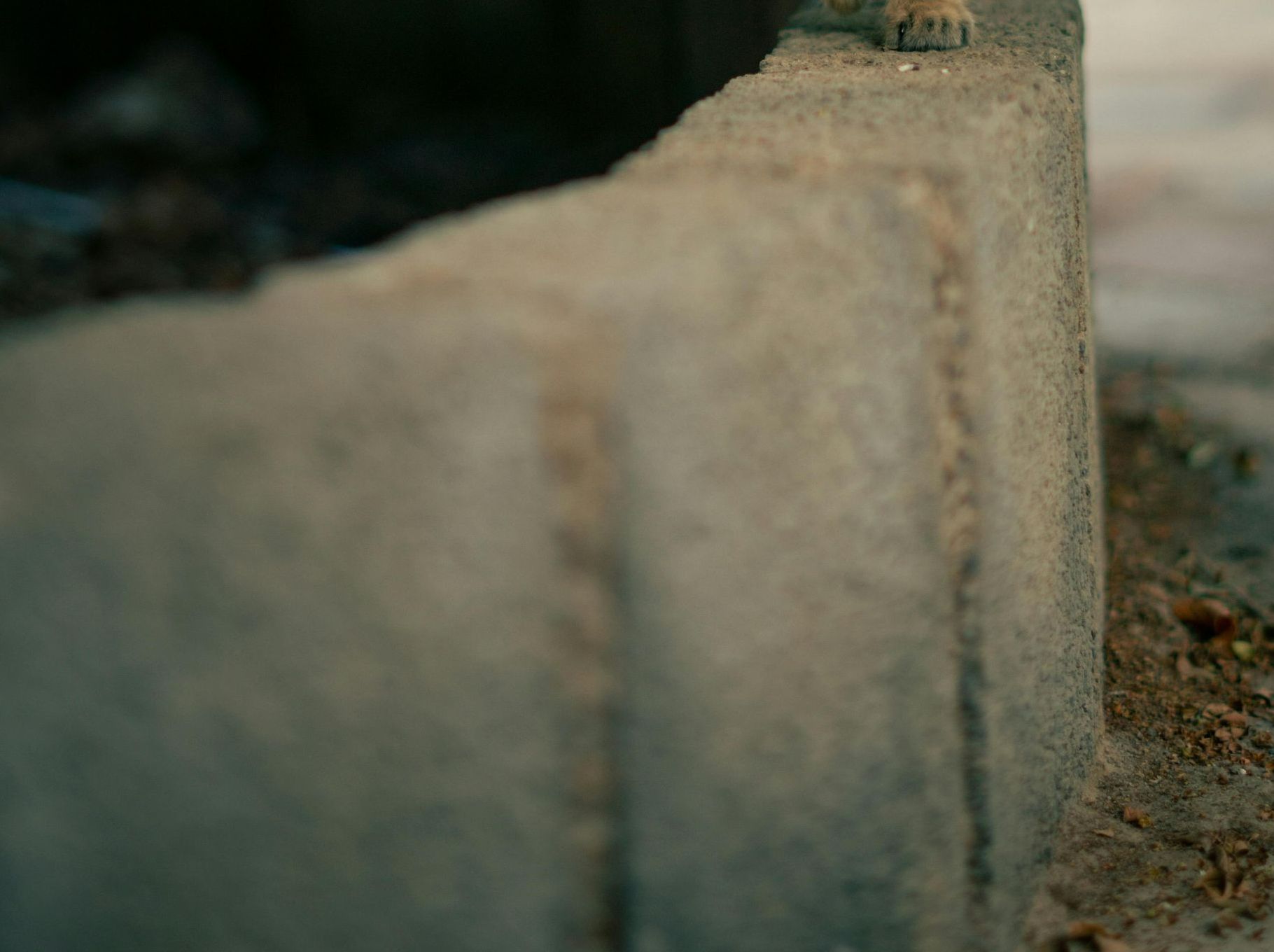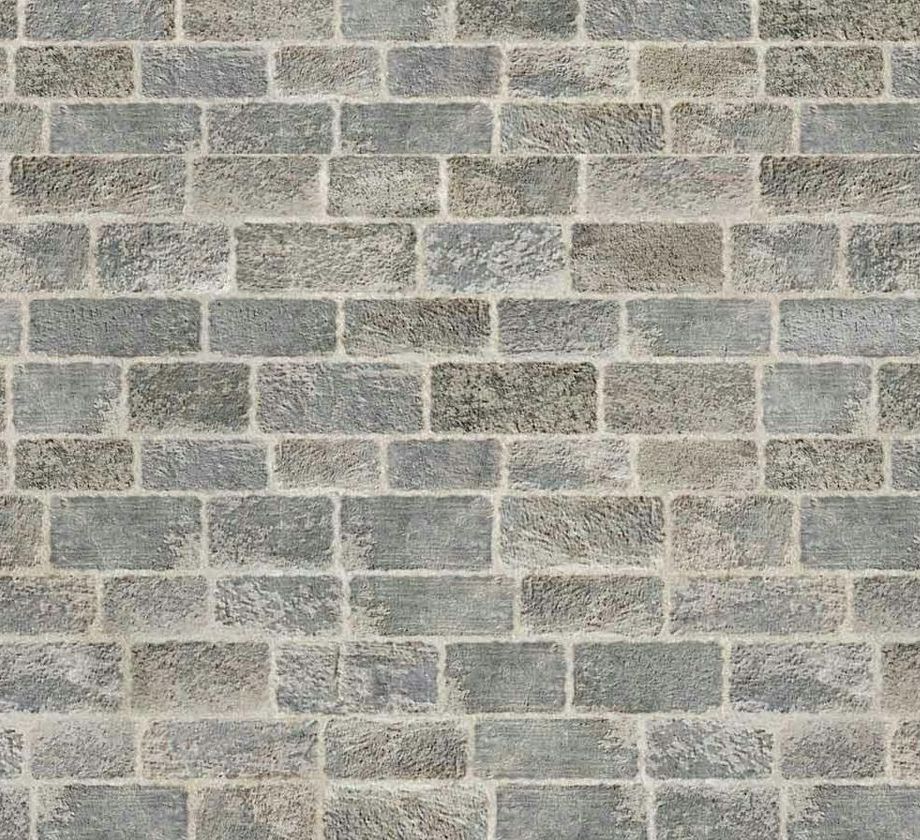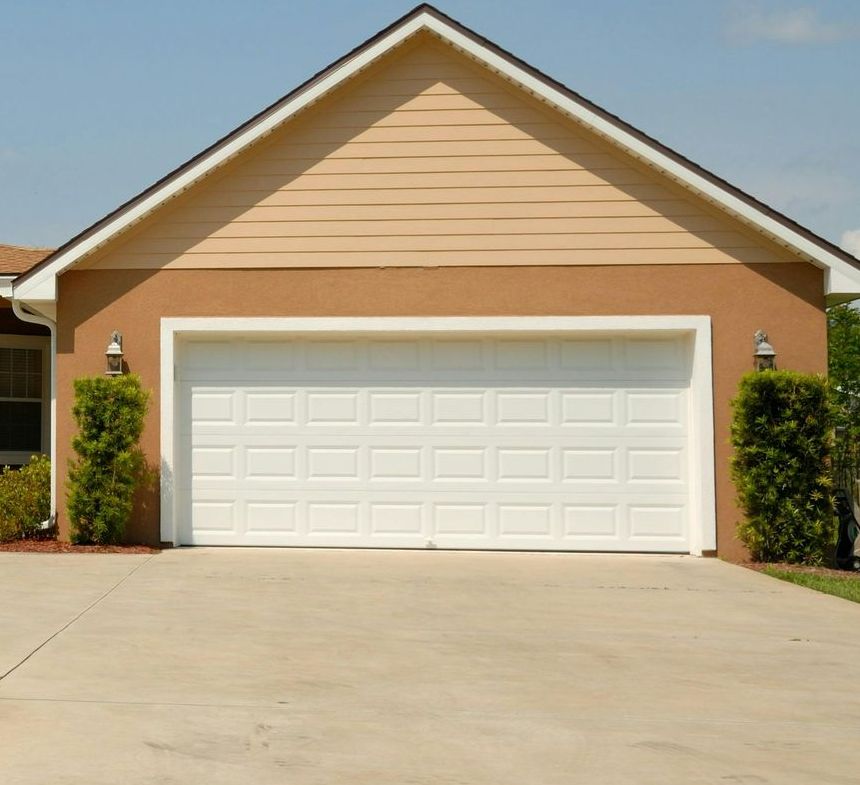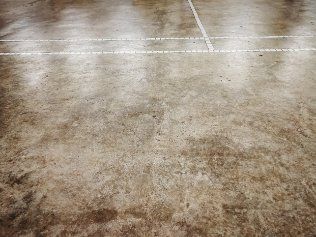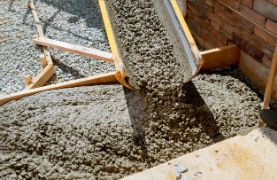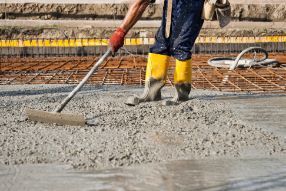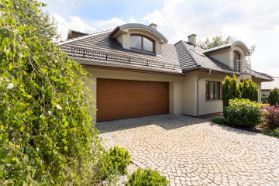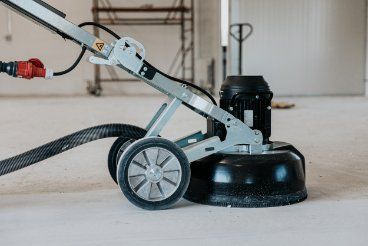Why Concrete Retaining Walls Are Better Than Block Foundations
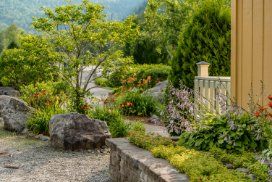
Whether you are trying to protect your plants from the rain, protect your lawn from weeds, or if you want to add another level of security to your yard, concrete retaining walls are a great choice. They are durable, inexpensive, and can be used with other hardscaping elements to create a board-formed finish.
Poured concrete walls have excellent resistance to underground lateral pressure imposed by the soil and water.
Whether building a new house or renovating an existing one, poured concrete walls will provide you with a more durable foundation. They are also drier and fire-resistant. In addition, poured concrete is easier to work with because you can create any shape and size. Waterproofing a poured concrete foundation is also more accessible than a block foundation.
The design of a poured concrete wall can be based on prescriptive tables found in building codes. These tables correlate the nominal strength coefficient of resistance Rn with the reinforcement ratio r. You can find these tables in your design manual.
The ACI-318 code provides two options for designing a reinforced concrete wall. The first is to incorporate a horizontal or vertical shear reinforcement. You can also increase the shear capacity of a concrete wall by increasing its compressive strength.
The other approach is to use a strength design method. This method is similar to the conventional method in that it involves analyzing the strength of a wall to determine whether it can withstand a given load. However, it would help if you did this in a manner that is in line with ACI-318's design equations.
Aside from the strength design method, consider incorporating a liquid coating on the surface of your foundation walls. You can use a brush or a roller to apply this coating. Elastomeric materials can also be used as sheet membranes. You can also use adhesives for sealing the membrane. However, it would help if you rolled the membrane to ensure that it will adhere properly to the base of your wall.
Another thing you can do is check the wall for deflection. If the wall is not designed adequately, it can bend or bow. You can also check the shear strength of your wall. Usually, this is a manageable factor for residential foundation walls. However, if you live in a location prone to earthquakes, you may need to use a more robust method.
Typically, your walls will be designed to meet the requirements of the first load combination. Your local building code will require you to meet this requirement.
They are less expensive.
Whether you are looking for a solution for your yard, a way to protect your foundation, or to prevent soil erosion, retaining walls can help. They are also attractive and can create a decorative look for your property.
Retaining walls are available in various shapes, sizes, and colours. They are easy to install and can be modified to meet your needs. They are also durable and can last for many years.
Retaining walls come in various materials, including concrete, natural stone, and timber. Each retaining wall has advantages and disadvantages, and the materials you choose can affect the overall cost.
Timber is a popular choice for retaining walls. These walls are typically made from treated pine and look great on any landscape. They are easy to install and can last for decades. They are also inexpensive. However, most types of timber last less time than concrete.
Concrete retaining walls are cheaper and easier to install. They can be finished in several ways, including paint, stone, or wood grain finish. They are less likely to crack, warp, or split and more resistant to termites. They can also be decorated with veneers to create a beautiful look.
Stone retaining walls are another popular choice. These walls are very sturdy and robust. They are available in various styles, including stacked stone walls, wet stacking, and veneered walls. They require more precision, but they also have a unique look. Stone walls can be purchased at stone yards. They also need more processing and sourcing.
In addition to the materials, you will also need to consider the labour costs. Some local contractors will price a project by the square foot of the wall face - this is a helpful way to calculate the costs. However, you will also need to consider the costs of preparing the land, laying the foundation, and installing the walls.
It would help if you also considered how long you want the wall to last. A concrete retaining wall should last 50 years, and a natural stone wall should last for years.
They can create a board-formed finish.
Using board form concrete on your wall can be a great way to add drama and a unique texture to your walls. This process combines the durability of concrete with the organic look of wood. It can be used on interior walls, exterior walls, and ceilings.
Before using board form concrete, it is vital to understand how it works. It uses wooden boards on top of wet concrete. The wood grain is transferred to the concrete, which gives it a natural wood grain finish.
Board-form concrete is usually installed on the interior or exterior walls. It can also be used on ceilings and planters. Packing the concrete tight against the board surface when using board-form concrete is essential - this will prevent the concrete from seeping through the edges and cracking.
Board forming is a decorative technique that is becoming more popular in Modern designs. It was initially used for concrete walls before aluminum forms. Architects wanted a dramatic wall finish. It is vital to use suitable materials for board form concrete. These include strong forms, mitred corners, and fibreglass or steel ties.
When choosing a concrete contractor, make sure they focus on both the aesthetics and the goals of your project. They should provide samples of work for you to see. Also, you want to have a good relationship with your concrete contractor. They should be willing to discuss your project and help you choose the best finish.
Board form concrete can be purchased in precast or panels. They are more expensive than poured concrete but also less expensive than using a different finishing material.
The price of board form concrete varies, but it usually ranges from $25 to $50 per square foot. It costs more because of the aesthetics of the finish. It can be used to build a retaining wall in the backyard or a feature wall in a restaurant. You can also buy decorative tiles that look like wood grain.
Board-form concrete is very durable, but cast-in-place concrete is more flexible. It is not ideal for walls that are highly irregular or non-rectilinear.
They can be used in conjunction with other hardscaping elements.
Adding a concrete retaining wall to your yard can help create a cohesive look around your home. It can also optimize space for landscaping. Concrete walls complement other hardscaping features such as a gazebo, flower beds, or a pool.
Concrete retaining walls are more robust than other types of walls. They can also create a varying ground level. They can help create space and natural movement through the landscape. They can also be used to create patios and walkout basements.
These walls can be built with concrete, brick, or stone. They can also be used to complement fountains and gazebos. These walls can help prevent soil erosion. They can also be used for ornamental purposes.
When choosing a hardscaping material, it is vital to consider the cost. Concrete is one of the most common materials used for hardscaping. Concrete can be used in a variety of shapes and textures. You can create an elegant or straightforward look with concrete, depending on your tastes.
Another option is to use stone for your hardscaping. Stones come in different colours and textures. They can also be used for pathways in the garden. Adding a stone patio can also enhance the aesthetic appeal of your home.
Bricks are also used for hardscaping. These are also easy to clean and maintain. They can be used for walls, pathways, and flower beds. They also have a polished look.
Other materials used for hardscaping include wood, metal, and cement. These materials create structures such as patios, walls, pergolas, and steps. They are also used to outline garden beds and other yard areas. These materials are a great way to add a unique and personal touch to the exterior of your home.
Hardscaping is a vital part of any landscaping design. It provides a focal point for the garden and adds interest and depth to your home. These features can also enhance the value of your home. Amelia Lawn and Landscape can provide professional installation services if you are looking for a custom retaining wall.
If you need concrete retaining walls, contact us at 03 5910 4479. We will build them for you!
Free Instant Quote
**plus FREE bonus coupon**
Contact Form
You Might Also Like
